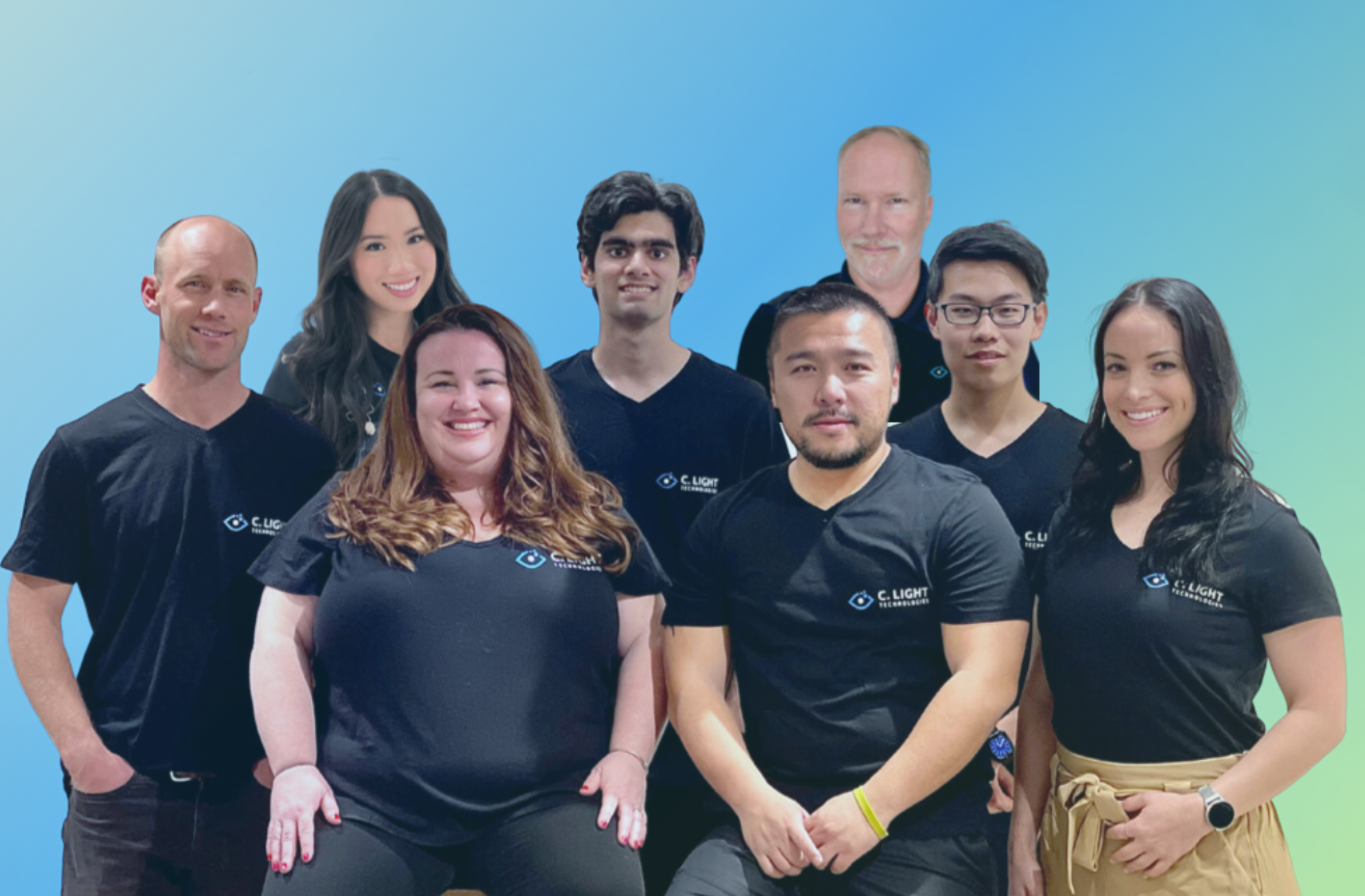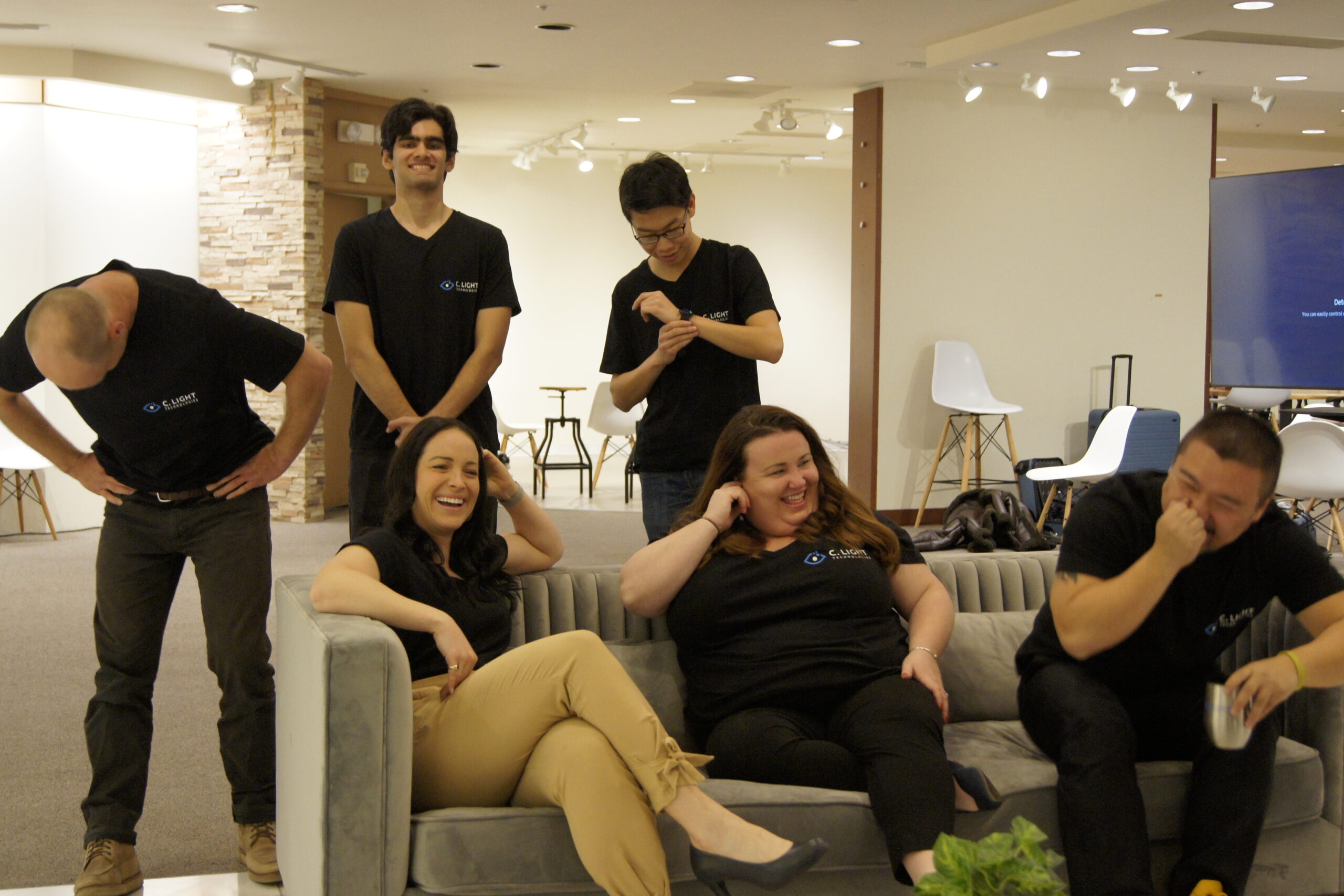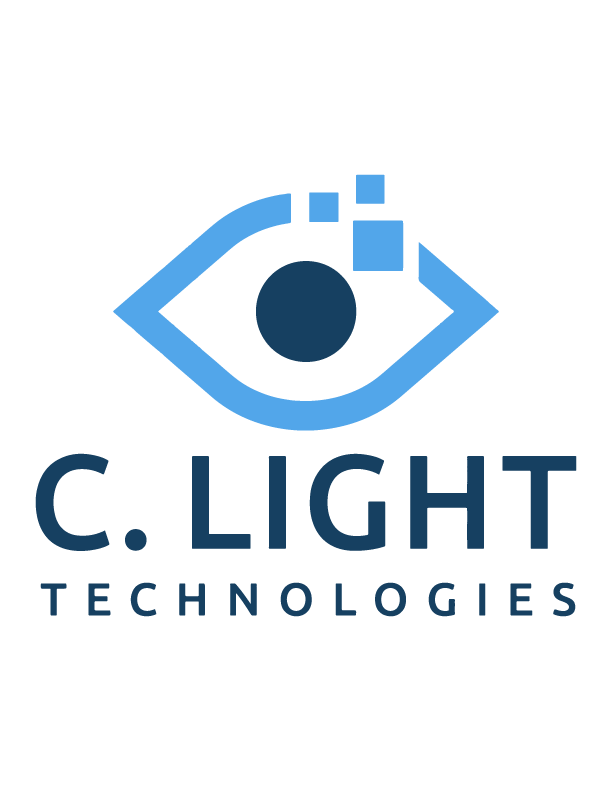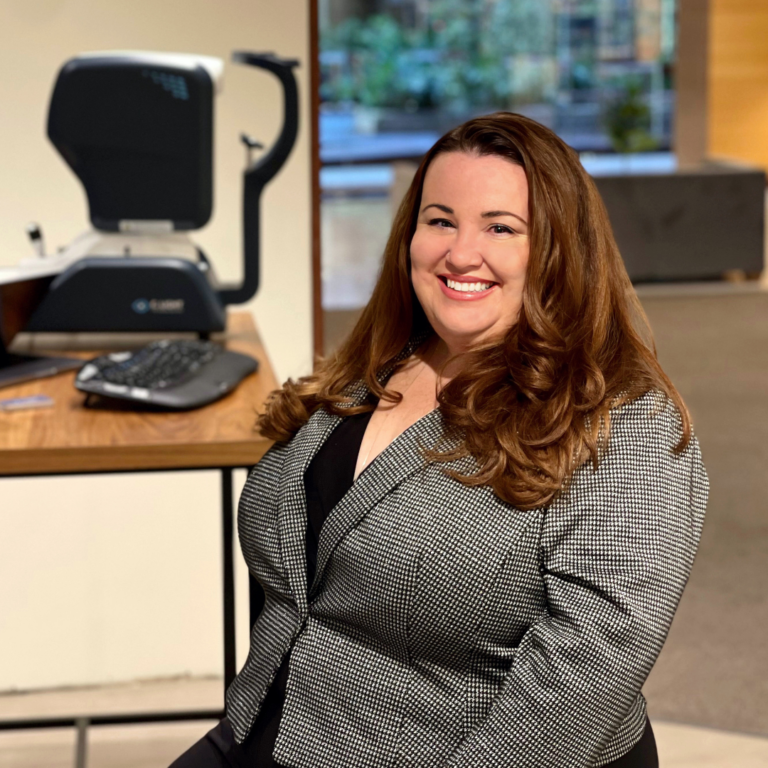Empowering Precision: Monitoring Nystagmus for Neurological Excellence
Chiropractic adjustments aimed at correcting spinal alignment and relieving muscle tension could potentially alleviate associated symptoms like neck pain or headaches.
A revolution in healthcarein just a few keystrokes.
C. Light challenges you to leverage Gen AI to medical code and improve image quality for a better early prediction of disease.
Track A
Deep Generative Models
Context: Generative learning frameworks — such as Generative adversarial networks (GANs), variational autoencoders (VAEs), Diffusion Models — have been experimented in the past years to learn image embedding. This method minimizes noise while preserving essential details and structures in the image.
Track B
Generative AI for
Context: The goal is to initiate the generation of synthetic retinal video sequences seamlessly incorporating correlated, specific eye motions. Available data includes retinal video sequences along with associated data—i.e. eye motion trace, diagnosed disease state, and meta-data such as eye motion and its statistics.
Track X
Your Original Solution
Task: Propose your own unique problem/challenge and use the provided datasets to validate your solution.
Context: We encourage students to solve complex, in-house problems where off-the-shelf solutions do not exist. Relevant examples of problems to identify can be within the dataset itself, overall healthcare industry, image quality, tracking success rate, disease prediction accuracy, etc.
FROM DATA TO DISCOVERY:
Gen AI in healthcare
Generative AI models have the power to transform healthcare industry with its data-centric applications.
The technology has promising applications in drug discovery, vaccine development, and streamlining clinical operations.
Medical data (e.g. clinical notes, medical images) are a rich source of information that can train generative AI models to understand diseases, patients, and treatments.
By leveraging pre-training methods and combining text and image data, generative AI can create innovative solutions, including the generation of compound recipes for drugs, vaccines, and proteins.
Project Background
C. Light will be providing you with the following types of datasets. Use this below information to help you form your processes to solve Track A, Track B, or Track X.
RETINAL DATA
Data size: ~1M retinal images
Image resolution: 640 x 480 (Commercial) or 512 x 512 (Research)
- 266/63/78 scans for MS/mTBI/MCI patients
- Each scan contains 300 retinal images, 10 seconds video sequence with 122k retinal images in total
- Each video sequence is paired with 2 x CSV files
- 4 x datasets hosted on AWS S3 buckets, 3 datasets are disease specific, 1 dataset dedicated for testing image de-noising
EYE MOTION METADATA
Spatial resolution: 10 um
Motion tracking success rate: 90+%
- Each video sequence has two associated CSV metadata: eye motion trace and statistics
- Eye motion metadata gives and X (horizontal) and Y (vertical) relative movement in units of pixels and degrees (angular movement)
- Statistics metadata include the metrics such as signal-noise-ratio, saccade (motion) amplitude, velocity, frequency, etc.
DISEASE STATES
Disease states: Multiple sclerosis (MS), mTBI, mild cognitive impairment (MCI)
Disease prediction: 92% AUC
- 46/32/7 Multiple Sclerosis (MS) / mild traumatic brain injury (mTBI) / mild cognitive impairment (MCI) patients
- The EDSS provides a total score on a scale that ranges from 0 to 10 for MS disease.
- Data for MS patients with EDSS score larger than 3.5 are provided in the dataset
Disclaimer: The above data is fake sample data and created specifically for the sole purpose of the 2023 Datathon and should not be treated as real research or commercial data. This data does not reflect the addressed disease groups but was created to only represent such in name only. Use outside of the intended event of Datathon is prohibited. Upon completion of the event, please destroy the data. If you have any further questions or concerns, please contact us at engineering@clighttechnologies.com with the subject line “Datathon help: [Add concise subject]”.
- DATA CENTER
Download project datasets.
Download the track-specific dataset(s) to solve one of the two proposed problems (Track A or B) OR to solve a unique problem you originally defined (Track X).
Download denoising dataset (~0.5 GB)
Download patient dataset 1 - MS (~20 GB)
Download patient dataset 2 - mTBI (~2 GB)
Download patient dataset 3 - MCI (~6 GB)
It's your world and we're just living in it.
Pick the dataset(s) that makes most sense for the unique problem you have defined and plan to solve.
Download patient dataset 1 - MS (~20 GB)
Download patient dataset 2 - mTBI (~2 GB)
Download patient dataset 3 - MCI (~6 GB)
Download denoising dataset (~0.5 GB)
How we evaluate proposed solutions.
At C. Light, we value innovation and creative thinking.
We comprehensively evaluate projects based on criteria such as code efficiency, code style, and clarity of overall presentation – holistically assessing your thought process and conclusions.
We encourage you to challenge yourself by formulating and defining a unique problem to solve in lieu of the two problems initially proposed.
Whether you decide to address one of the two challenges we proposed or chart your own course to solve a challenge you craft yourself, our journey as AI scientists culminates in the fusion of innovation and precision.
The significance of algorithmic value underpins the indispensable role of artificial intelligence.
MISSION
- To create AI-enabled tech to assess eye and brain health for early disease detection and earlier intervention of disease-modifying treatment
VISION
- To be the trusted leader in eye-tracking solutions
Evaluation metrics
to focus on:
- Retinal image/video quality
- Methods for enhancing model performance
- Innovative approaches to validate embedded vectors & predict disease
THE CORRELATION OF GENERATED VIDEO SEQUENCE AND EYE MOTION
THE CORRELATION OF GENERATED VIDEO SEQUENCE AND EYE MOTION
Eye motion and retinal video sequence are highly correlated, we can use this correlation to build a quantitative metric to evaluate model performance.
QUALITY OF A DE-NOISED RETINAL IMAGE
QUALITY OF A DE-NOISED RETINAL IMAGE
Both quantitative and qualitative measure of how the de-noising algorithm performs. For example, how do you define an image has a better quality than others?
MEDICAL ENCODING
MEDICAL ENCODING
How do you measure if the "encoding" is working or is the model really learning? Can you use embedding vector from a trained model to generate synthetic retinal video sequence, with associated eye motions as validation approach?
- FREQUENTLY ASKED QUESTIONS
FAQs by track.
We're collecting all relevant questions we get asked here to keep the playing field fair.
Last updated 11/11/23 4:00pm PDT
What are saccades?
Small, involuntary jerk-like movements that occur during fixation
What is velocity?
Speed in a given direction. For the data, you can assume "velocity" as "average velocity".
What is peak velocity?
Maximum instantaneous velocity reached
What is SNR?
SNR is signal-to-noise ratio. It refers to the relative magnitude of the signal compared to the uncertainty in that signal on a per-pixel basis.
Are good and bad images paired?
Unfortunately (but purposefully), the dataset provided is unpaired.
Are there any references you recommend us to read/watch to get a better understanding of GANs, VAEs, and Diffusion Models?
Just a simple google search will be sufficient, but we have shared these papers: 1 , 2
Does Track A mean more of building an interpretable classifier for good and bad images, or is it more of developing a denoising approach?
More denoising approach.
What are the images for track one? Like what do they represent?
Not relevant. Big hint: it is more of identifying how you'd objectively determine good from bad image and bad from goods images.
What causes noise in the bad images?
- optical artifacts/back reflection of eye
- blink rate of patient
- cataracts or related retinal diseases
- sensor saturation
What’s the desired output of Track B?
The desired output for Track B is to generate synthetic retinal videos with associated, specific eye motions.
What does "_raw" mean in the csv data for Track B?
For track B, focus on "_motion[deg]" and do not use "_raw[pixel]" and ignore “_raw”. “_raw” is most helpful for Track X.
No questions asked yet.
WHAT C. LIGHT STANDS FOR
Strength in unity, change through community.


C. Light Technologies is a forward-thinking healthtech company whose mission is to innovate eye-tracking solutions using AI for brain and eye health and performance.
Active applications of retinal eye-tracking today includes medical diagnosis and treatment, drug development, human-computer interface (HCI), driver monitoring system, sports performance, and virtual and augmented reality (VR/AR).








